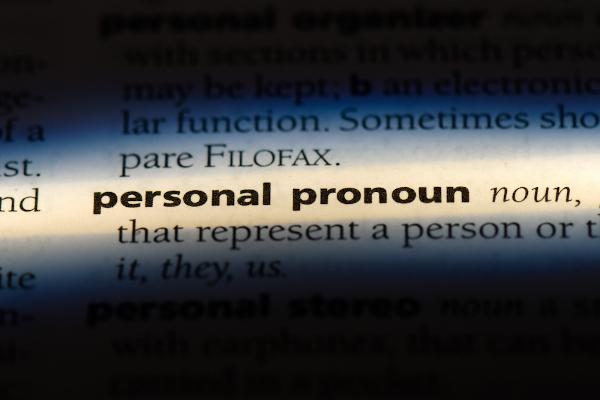American physicist born in Concord, Mass, researcher in optics and spectroscopy, atomic and molecular radiation and effects of supersonic waves and which extended the Raman spectroscopy technique, a fundamental method to analyze the light.. He received his BP from Harvard (1891), then studied at Johns Hopkins (1892), Chicago (1892-1894) and Berlin (1894-1896), although he never completed a doctorate.
He subsequently taught at the University of Wisconsin (1897) and became professor of experimental physics (1901) at Johns Hopkins, where he was appointed professor emeritus (1938) and continued as research professor (1938-1955). He was the first to observe field emission (1897), that is, charged particles emitted from a conductor in an electric field. An electrical conductor is a substance through which electrical current flows offering little resistance.
For example, metals are generally excellent electrical conductors. This electrical phenomenon is used in the field emission microscope to study atomic structures. Member of the National Academy of Sciences and the Royal Society, he has published in addition to 220 scientific articles, two important books, namely: Physical Optics (1905) and Supersonics, the Science of Inaudible Sounds (1939). He was also known for his book How To Tell the Birds from the Flowers (1907), a publication with 25 poems aimed at children. Specialist consultant for the development of the atomic bomb, died in Amityville, NY.
Source: http://www.dec.ufcg.edu.br/biografias/
Order R - Biography - Brazil School
Source: Brazil School - https://brasilescola.uol.com.br/biografia/sir-robert-williams-wood.htm

